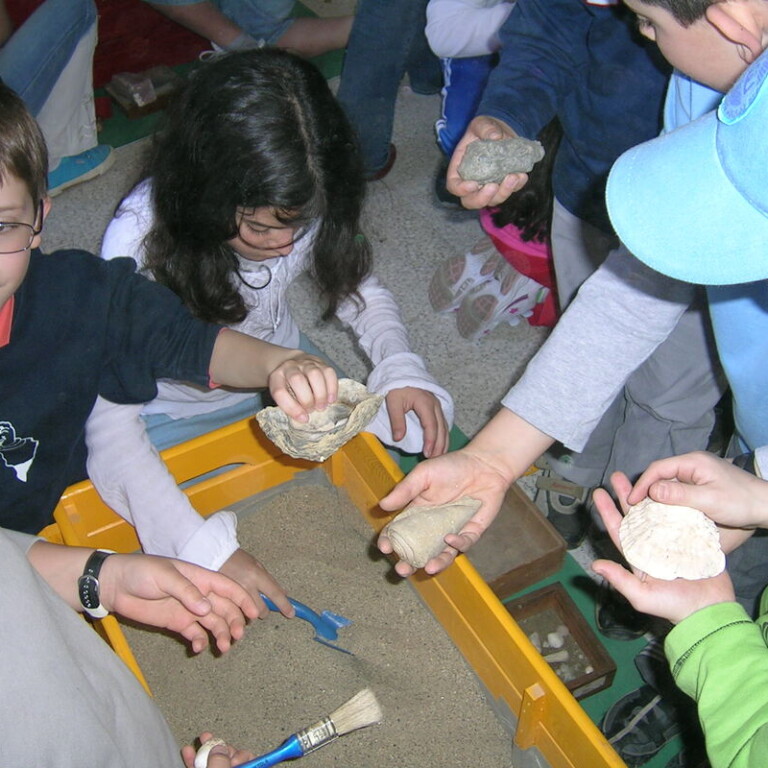The premises of the 14th-century church of S. Antonio, used as a lazaret and then transformed into a prison in 1882, house the palaeontological collections collected, through passionate research and documentation work, by Giulio Maini and generously donated to the City of Ovada.
The exhibition makes it possible to observe the fossils through an itinerary that focuses both on the main general themes and on aspects more specifically related to the geological and palaeontological evolution of southern Piedmont (Ligurian-Piedmontese Tertiary Basin).
Among the most significant exhibits in the museum are several specimens of crabs, including those of the new species (Calappilia mainii) found by Giulio Maini, mollusc shells, corals and footprints of warm climate plants that are now extinct.
Next to the palaeontological collections, three former cell rooms display minerals and shells from the original Maini collection and more recent donations from local enthusiasts.























 ️
️